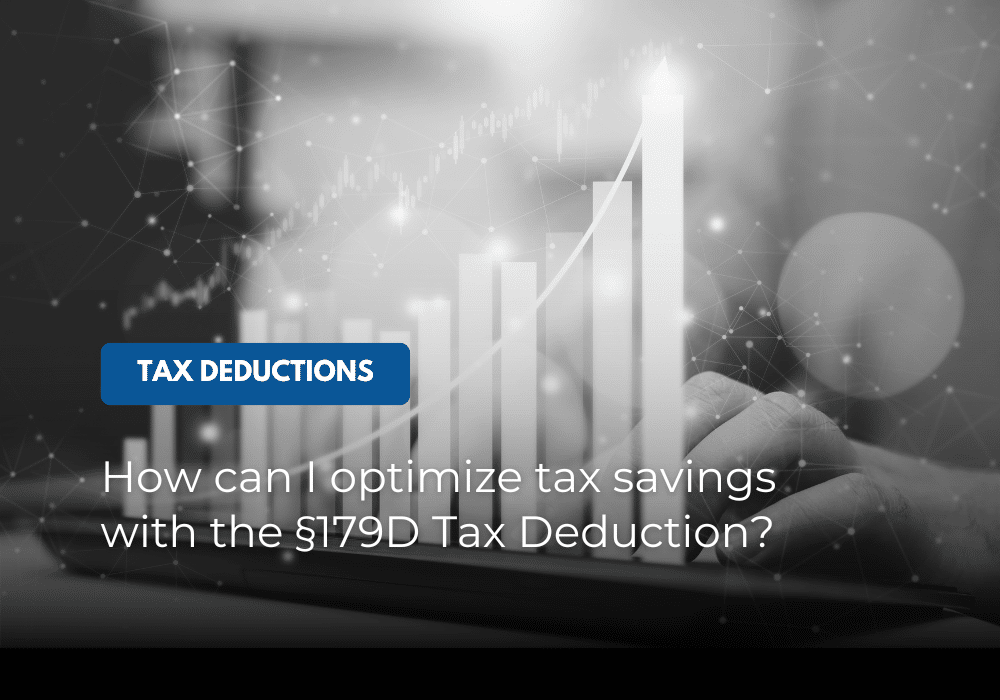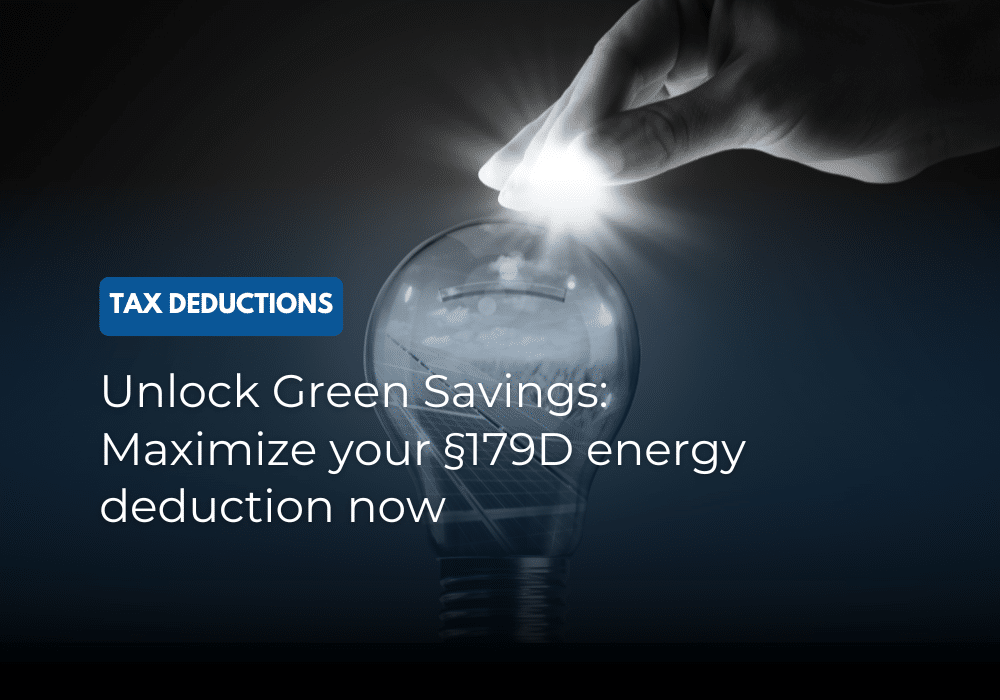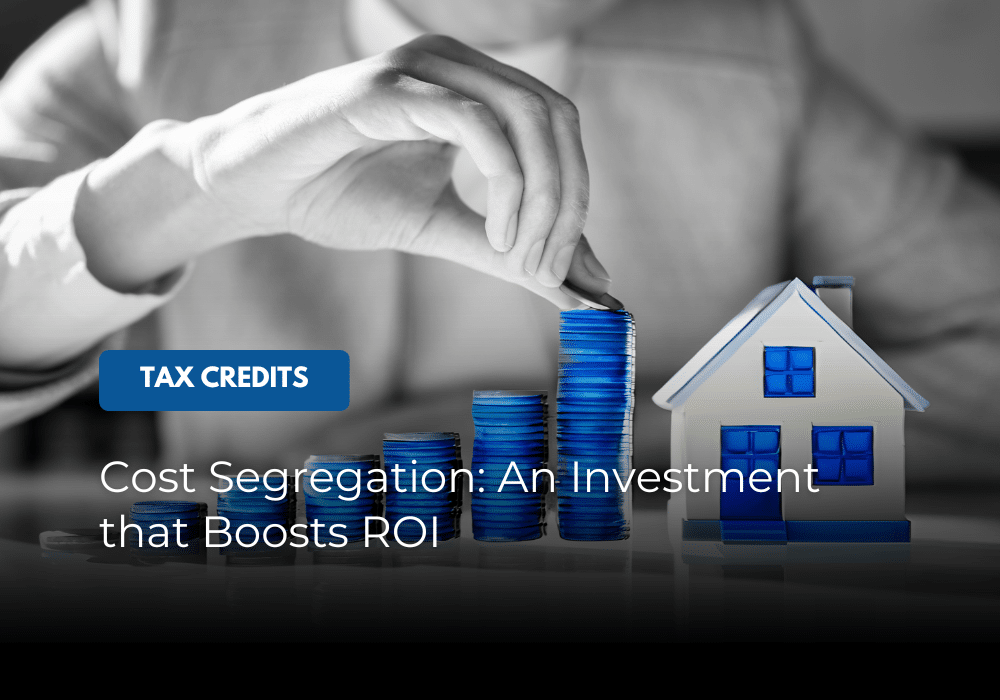In the intricate world of commercial real estate and taxation, navigating through various incentives and credits to find those that offer substantial financial benefits can be daunting. Among the myriad options, Section §179D of the U.S. tax code stands out as a cornerstone for fostering energy efficiency within commercial properties.
Established under the Energy Policy Act of 2005, this provision targets commercial property owners, architects, engineers, and contractors, incentivizing them to incorporate energy-efficient technologies into their buildings. The essence of Section §179D is deeply rooted in the broader objectives of promoting environmental stewardship while providing economic incentives, highlighting the purpose of the deduction: to make energy efficiency a financially viable and attractive choice for stakeholders in the commercial real estate sector.
Significance of §179D Deductions
The introduction of Section §179D has had a transformative impact on the commercial real estate landscape, providing a robust incentive for property owners to integrate energy-efficient technologies into their buildings. Since its inception, the deduction has undergone several legislative refinements, most notably with the introduction of the Inflation Reduction Act, which has further enhanced its scope and appeal. These legislative enhancements have not only increased the financial benefits available under Section §179D but have also underscored its critical role in advancing sustainable building practices across the commercial real estate landscape. The evolution of this deduction over time reflects a growing emphasis on harmonizing economic growth with environmental sustainability, offering property owners a lucrative incentive to invest in green technologies.
Qualification Criteria and Methodology for Claiming §179D Deductions
To claim the updated Section §179D deduction for energy-efficient commercial buildings, it’s essential to understand the latest requirements and changes introduced by the Inflation Reduction Act of 2022. These updates not only increase the potential deductions available but also expand eligibility to a broader range of building owners and projects. Here are the key requirements and considerations:
- Reduced Energy Savings Threshold: Previously, a full deduction required a 50% reduction in energy costs compared to a reference standard. Now, the threshold for qualifying has been lowered to a 25% reduction, with the potential for greater deductions as energy efficiency increases.
- Increased Deduction Amounts: The deduction amount has been significantly increased, with a new sliding scale based on the level of energy efficiency achieved and year placed in service.
- 2005-2020: The deduction was capped at $1.80 per square foot.
- 2021: The deduction was slightly adjusted to $1.83 per square foot to account for inflation.
- 2022: The deduction increased to $1.88 per square foot.
- 2023: A significant change occurred, allowing for a deduction range of $0.54 to $5.65 per square foot, which reflects both the base level for standard projects and the enhanced level for projects meeting prevailing wage and apprenticeship requirements.
- 2024: The deduction has been further indexed for inflation, leading to an updated range of $0.54 to $5.65 per square foot.
- Prevailing Wage and Apprenticeship Requirements: For the higher deduction pathway, projects must comply with prevailing wage and apprenticeship hour requirements as defined by the Secretary of Labor. These requirements are key to unlocking the enhanced deduction of up to $5.00 per square foot.
- Eligibility Expansion: The deduction, which was historically available to tax-paying commercial building owners, has now been expanded to include designers of energy-efficient systems in government, tribal, non-profit, and certain other tax-exempt buildings, allowing them to claim deductions for their contributions.
- Periodic Claiming of Deductions: The updated rules now allow for the deduction to be claimed periodically for new eligible improvements. Taxable entities can claim additional qualifying improvements after three years, while governmental and tax-exempt organizations allocating benefits can do so after four years.
- Reference Standard Update: The deduction calculation requires comparing the energy efficiency improvements against the latest ASHRAE Standard 90.1 requirements, ensuring that projects meet or exceed a 25% reduction in total annual energy and power costs.
Combining Cost Segregation and §179D
The synergy between cost segregation studies and Section §179D deductions is where significant value can be unlocked for commercial property owners. It’s also a cornerstone of our approach–our cost segregation studies are meticulously designed to go beyond simple tax deferral, identifying opportunities for immediate tax savings through §179D deductions.
By combining these two in a holistic approach, the benefits are twofold. First, the cost segregation study identifies and reclassifies qualifying assets into shorter depreciable lives, increasing depreciation taken. Second, properties qualifying for §179D energy credit deductions further drive additional depreciation expensing. This dual approach not only ensures compliance with IRS tax regulations but also maximizes the financial benefits through the examination of all tax-saving opportunities.
For clients already undergoing cost segregation studies, incorporating an analysis for §179D eligibility is a strategic and effortless extension, thanks to our integrated services. This ensures a comprehensive exploration of all tax savings avenues, making the pursuit of §179D deductions not just an added value but a critical component of their tax strategy.
What sets Cost Segregation Authority apart is our commitment to simplifying the complex. We understand that navigating the nuances of tax deductions and cost segregation can be daunting. That’s why we’ve streamlined our processes to make them as client friendly as possible. From initial analysis to detailed reporting, our team guides clients through every step, demystifying the intricacies of tax law and ensuring a clear understanding of the benefits.
Our reports are crafted by CPAs for CPAs to make it easy for our clients to send to their tax preparer. They are also tailored to meet the stringent requirements of the IRS, and designed to withstand scrutiny. This level of detail and accuracy not only facilitates the claiming of §179D deductions but also instills confidence in our clients, knowing their tax strategy is built on solid ground, with 100% audit support.
The under-explored terrain of Section §179D deductions presents a golden opportunity for commercial property owners to significantly reduce their tax liabilities while contributing to environmental sustainability. The integration of cost segregation studies with §179D deduction analysis represents a powerful strategy that can dramatically influence a project’s profitability and sustainability. As the industry evolves towards greener and more energy-efficient building practices, leveraging such strategies becomes not just an option but a necessity for future-proofing investments.
At Cost Segregation Authority, we are at the forefront of this evolution, offering unmatched expertise in both cost segregation and Section §179D deductions. Our mission is to empower commercial property owners to achieve their financial and environmental goals, simplifying the complex and ensuring that every opportunity for savings is captured. By partnering with us, you unlock a world of possibilities, where maximizing tax savings and promoting sustainability go hand in hand.
Learn more about Section §179D here: Section §179D | Cost Segregation Authority
















